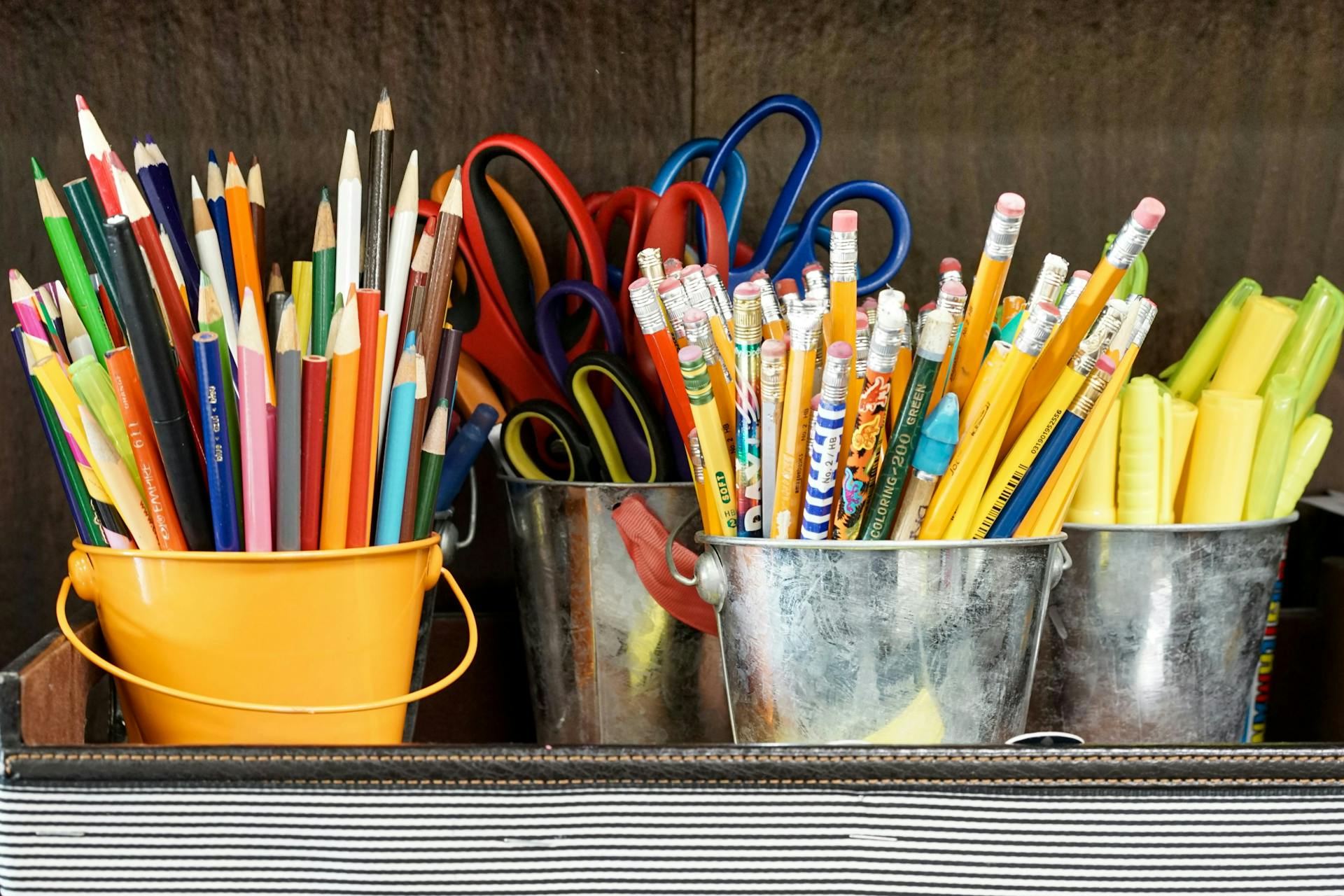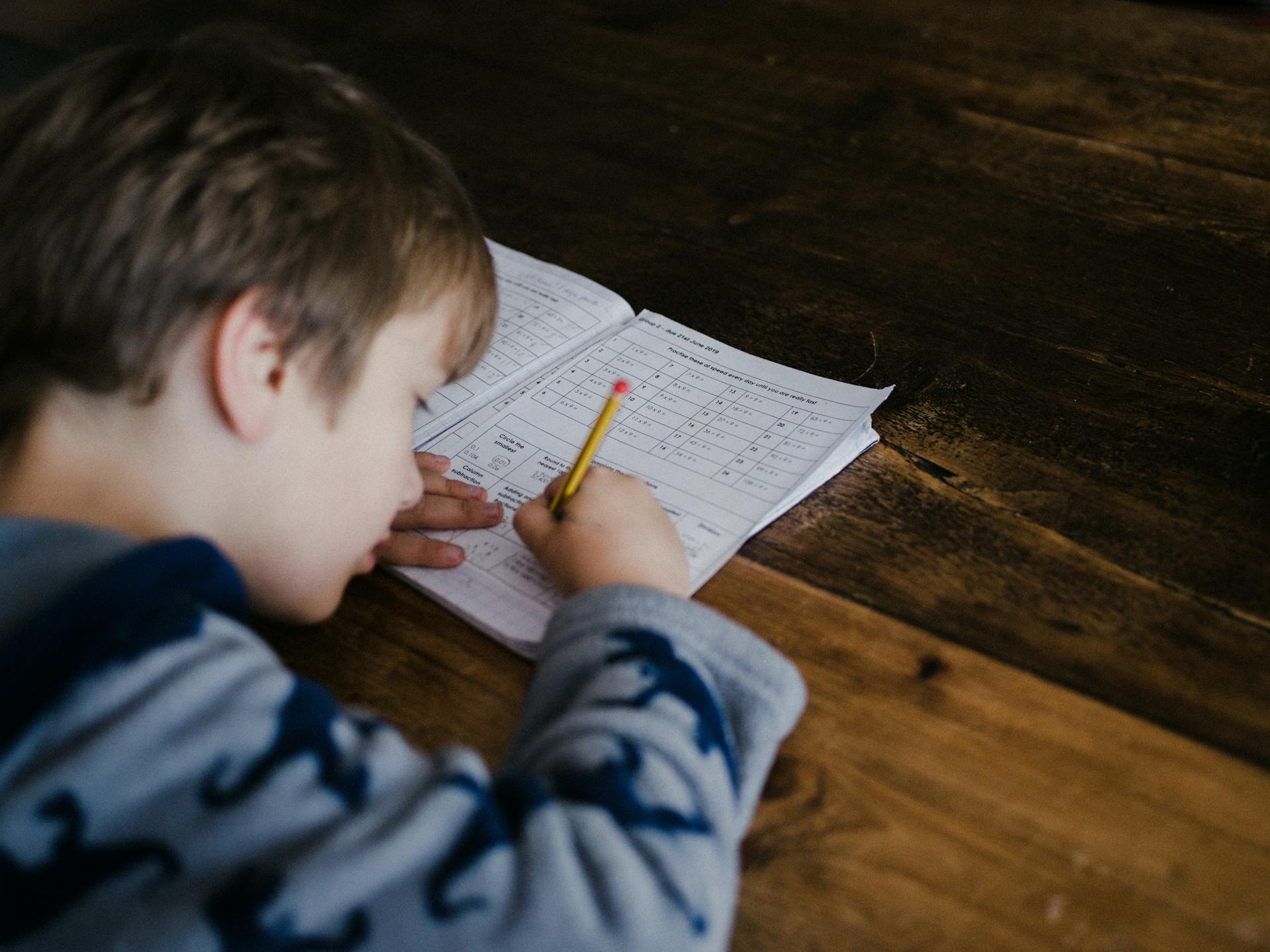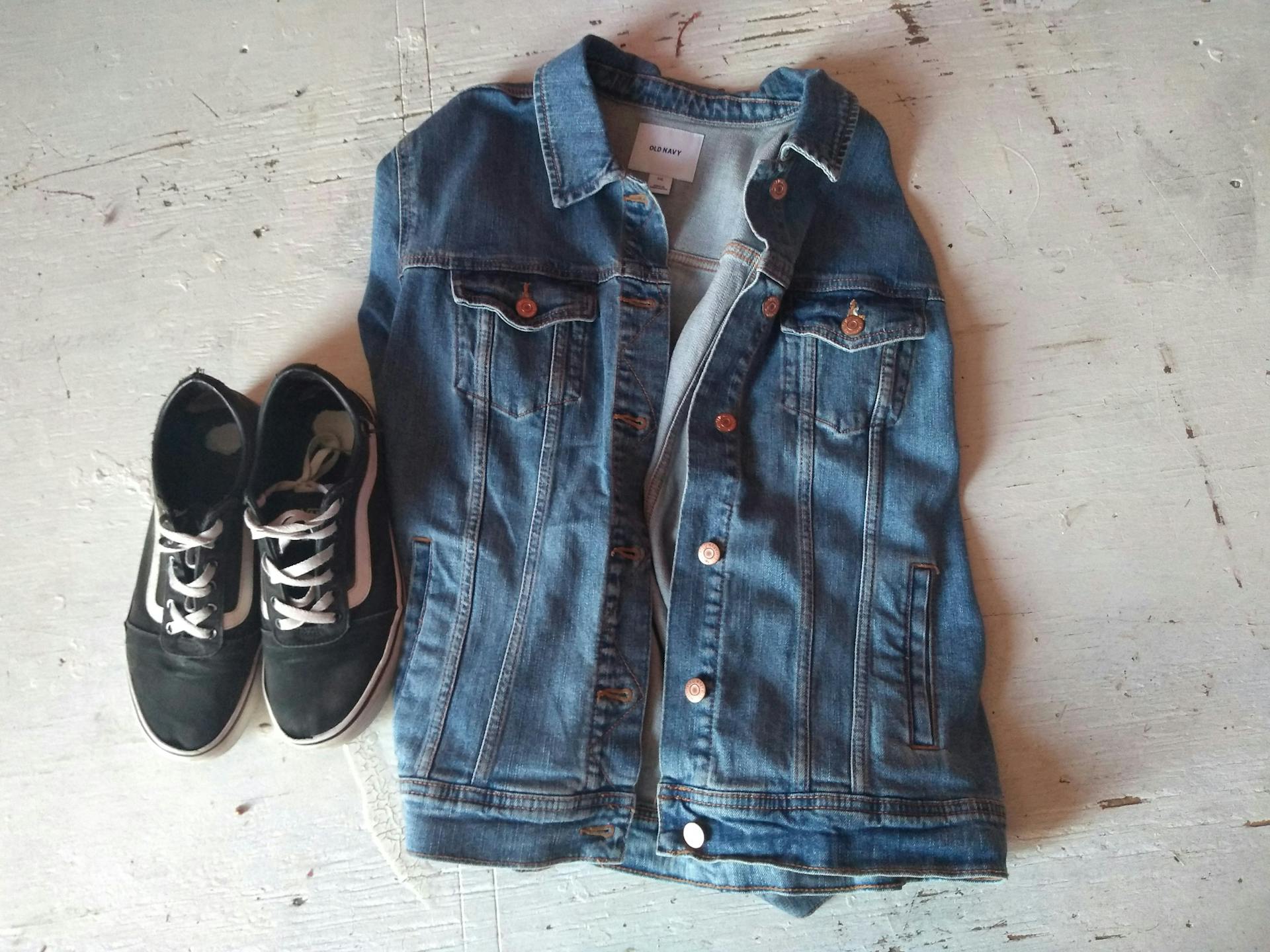What You’ll Need to Do to Get Organized for the New School Year
Find your Smart Storage™ unit.
We have locations across the United States providing onsite StoreEase Virtual Customer Service™ and 2 Minute Move In® contactless rental.
We have locations across the United States providing onsite StoreEase Virtual Customer Service™ and 2 Minute Move In® contactless rental.



Every new school year has a way of sneaking up. One day it’s summer break, and the next you’re looking at overflowing drawers, mismatched socks, and a pile of last year’s papers that no one has touched in months. Getting organized for the school year isn’t about color-coded binders or Pinterest-level desk setups. It starts by literally making space.
Let’s take a look at what you can do to get organized for the new school year.
While you might want to jump right into buying new supplies for your new study area, the first step is to clear the clutter. Go through closets, desks, and storage bins. Get rid of what’s broken, outgrown, or hasn’t been used in a year. Toss dried-out markers and bent folders. Donate backpacks that are still in good shape but are no longer needed. If your child has switched schools or aged out of a program, that’s one less uniform or gear bag taking up space.
Sometimes, the process of decluttering reveals that your home is carrying more than it needs to. That’s where short-term storage can help. Families often use a unit at StoreEase to rotate seasonal gear, hold onto keepsakes, or make room for new routines. A clean slate is easier to manage when there’s a little breathing room.
Once you’ve cleared the excess, look for ways to make your home work better for the year ahead. Start with the basics: where does your child do homework, pack their bag, and keep their supplies? These don’t need to be large or fancy setups, but they should be consistent and easy to use.
A desk in a quiet corner works well, but even a kitchen table can be turned into a study zone with a portable bin of supplies. If you’re working with a small space, consider using wall hooks for backpacks or a slim cart that rolls easily between rooms.
School organization doesn’t end with homework. Keep frequently used items in view and limit the number of storage locations for school supplies. One place for shoes. One place for lunchboxes. One spot for jackets. The more predictable the setup, the less likely your mornings will be spent in a frantic search for clean gym clothes or colored pencils.
There’s a fine line between being prepared and overloading your cabinets with unused supplies. Review the school list and focus on the items your child uses daily. Pencils, notebooks, earbuds, and glue sticks tend to run out quickly or disappear entirely. Keep a small stockpile in a labeled container and check it monthly.
Avoid stashing everything in one deep drawer, where items can get lost. Instead, separate items by type or purpose. A bin for writing tools, one for art supplies, and another for extra folders or index cards. These categories help kids (and their parents) find what they need quickly, without having to dig through clutter.
Routines don’t need to be rigid to be useful. The goal is to create a rhythm that feels manageable. A few consistent habits can make the whole week easier.
Start with the evening prep. Encourage your child to pack their backpack before bed, including homework, signed papers, and any other necessary items for the next day. Lay out clothes ahead of time. Set alarms with enough buffer to avoid a rushed start.
For younger kids, visual checklists can be helpful. These don’t need to be fancy. You can try just a dry-erase board with reminders like “lunch packed,” “folder in bag,” and “shoes by the door.” Older kids might use digital reminders or a shared family calendar to stay on track.
If mornings always feel tight, look for ways to shift prep to the night before. Prepping lunches, checking schedules, and having shoes ready are all small actions that add up to make a big difference.
Getting organized for the school year also means helping your child build their own habits. That might look different depending on age and learning style, but the idea is to offer tools that let them take some ownership.
Begin by walking through the steps to use folders and planners. Show them where to write assignments, what to check daily, and how to keep track of deadlines. If a physical planner doesn’t stick, try digital calendars or apps with reminders. Some students prefer task-based tools, such as checklists, while others prefer to see everything laid out by week.
It helps to check in regularly, but avoid taking over. Ask questions like, “What’s due this week?” or “Do you know where your project is saved?” instead of giving step-by-step directions. The goal is to build confidence, not micromanage.
Getting organized for high school takes an extra layer of planning. Students often have rotating schedules, multiple teachers, and a longer list of responsibilities. Organization here becomes less about keeping track of stuff and more about managing time.
Some high schoolers do well with one large binder divided by subject. Others prefer a folder-and-notebook setup for each class. Color coding helps some students quickly identify their materials, especially in crowded backpacks.
Encourage the use of digital tools. Google Calendar, reminder apps, or even the school’s online portal can all be part of staying on top of assignments. These tools also allow parents to check in without hovering over their child.
For teens juggling sports, jobs, and extracurricular activities, time management becomes even more crucial. It may take a few weeks to determine what works, but the sooner they start trying different systems, the better.
Back-to-school clothes can become a source of stress. It helps to sort through what still fits and what can be stored away. Rotate out winter items if it’s still warm and set up a drawer or shelf with a week’s worth of school-ready clothes.
Children are more likely to get dressed without a reminder if the options are clear and easily accessible. For shared bedrooms or tight closets, consider storing off-season clothes in bins that can be tucked under the bed or moved out of the room entirely.
If you're short on space, a small storage unit can help hold onto items you don’t want to part with, like hand-me-downs or out-of-season sports gear.
Once school starts, your afternoons fill up fast. Sports practices, music lessons, and club meetings come with their own set of gear and paperwork.
Assign a spot for each activity’s essentials. A labeled bin for soccer gear. A shelf for instruments and sheet music. A bag packed with dance shoes and a water bottle. That way, when it’s time to head out, you’re not running around the house looking for missing shin guards.
For families juggling multiple schedules, a calendar is key. Whether it’s on the wall or on your phone, seeing the full picture makes it easier to plan rides, meals, and rest.
Sometimes, no matter how organized your system is, there’s still not enough room. That’s where storage comes in.
Families use StoreEase to free up space at home, especially during seasonal transitions or back-to-school periods. You can store bins of hand-me-downs, art supplies, or even furniture from a rearranged room. With climate-controlled units, Bluetooth locks, and all-day access, it’s a convenient way to gain more flexibility without sacrificing what matters.
Whether you’re adjusting to a new schedule, managing growing children, or juggling multiple schools, having one less thing to worry about can make a real difference.
Getting organized for the school year isn’t about having a picture-perfect setup. It’s about making your daily life run more smoothly and helping your child feel ready.
Things will change. Systems will get tweaked. That’s expected. The point is to build habits and spaces that work for your family, not someone else’s version of perfect.
If part of that means creating a little extra space at home, StoreEase can help. Find a location near you and take the next step toward a calmer, more organized school year.